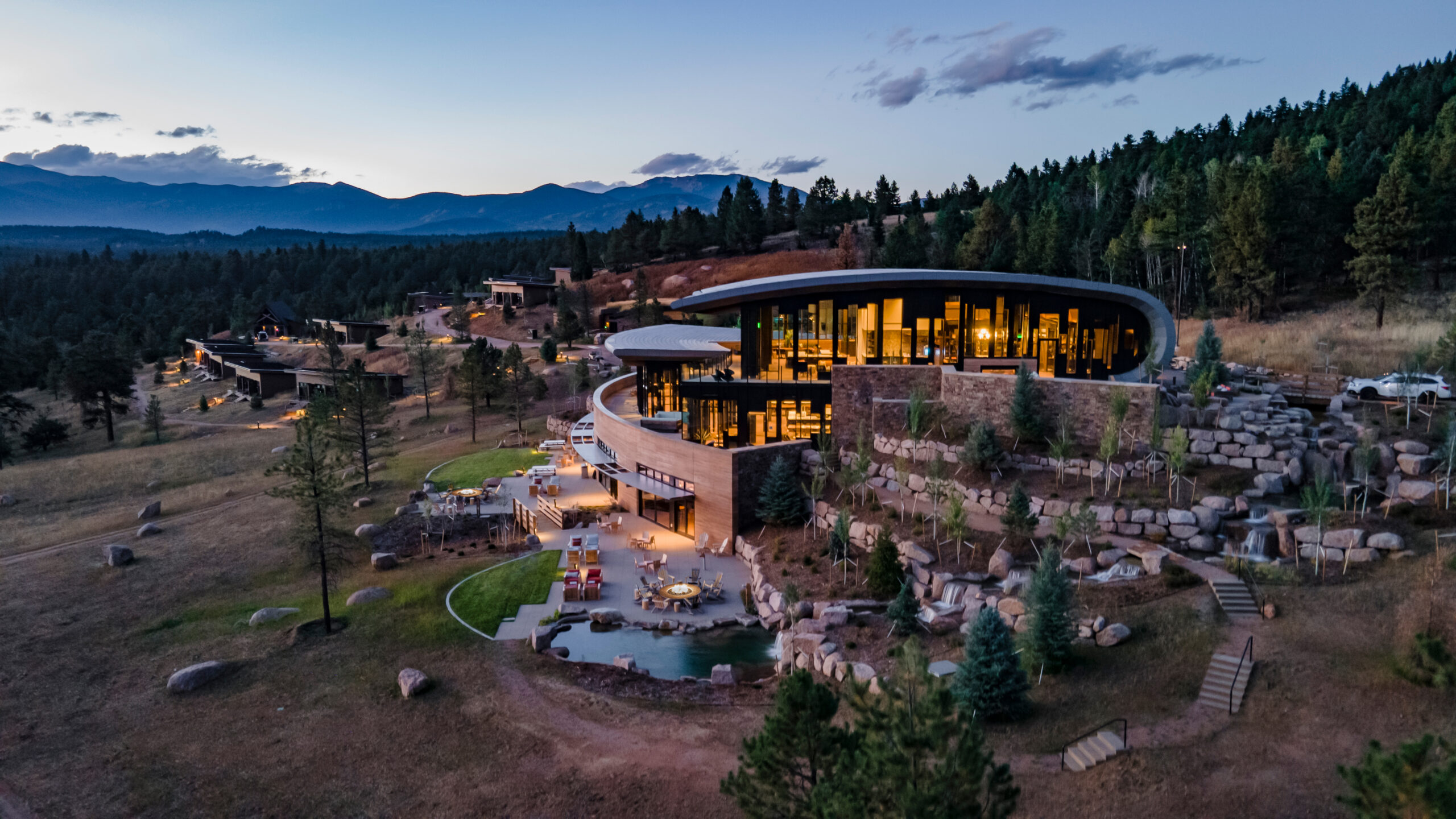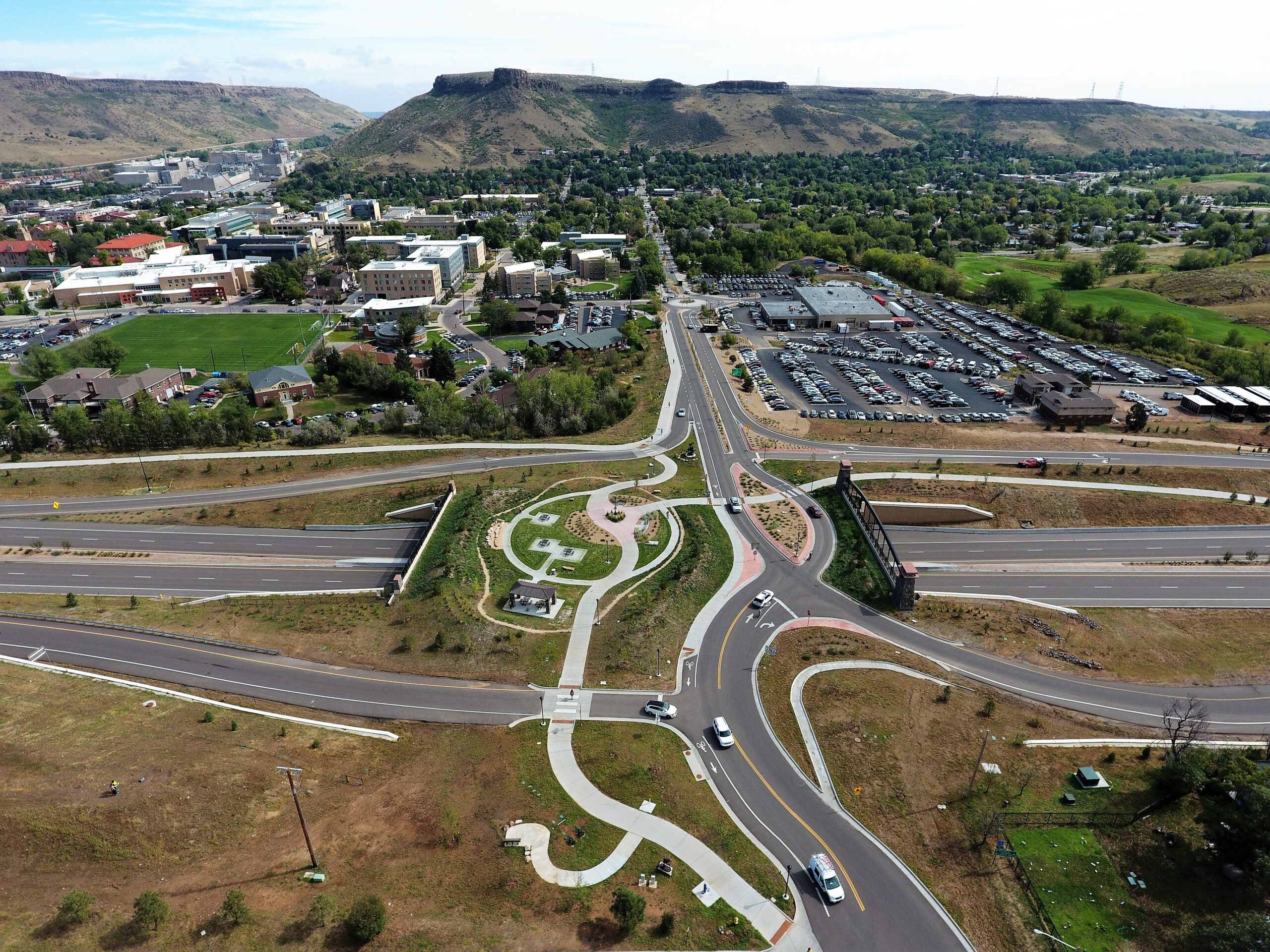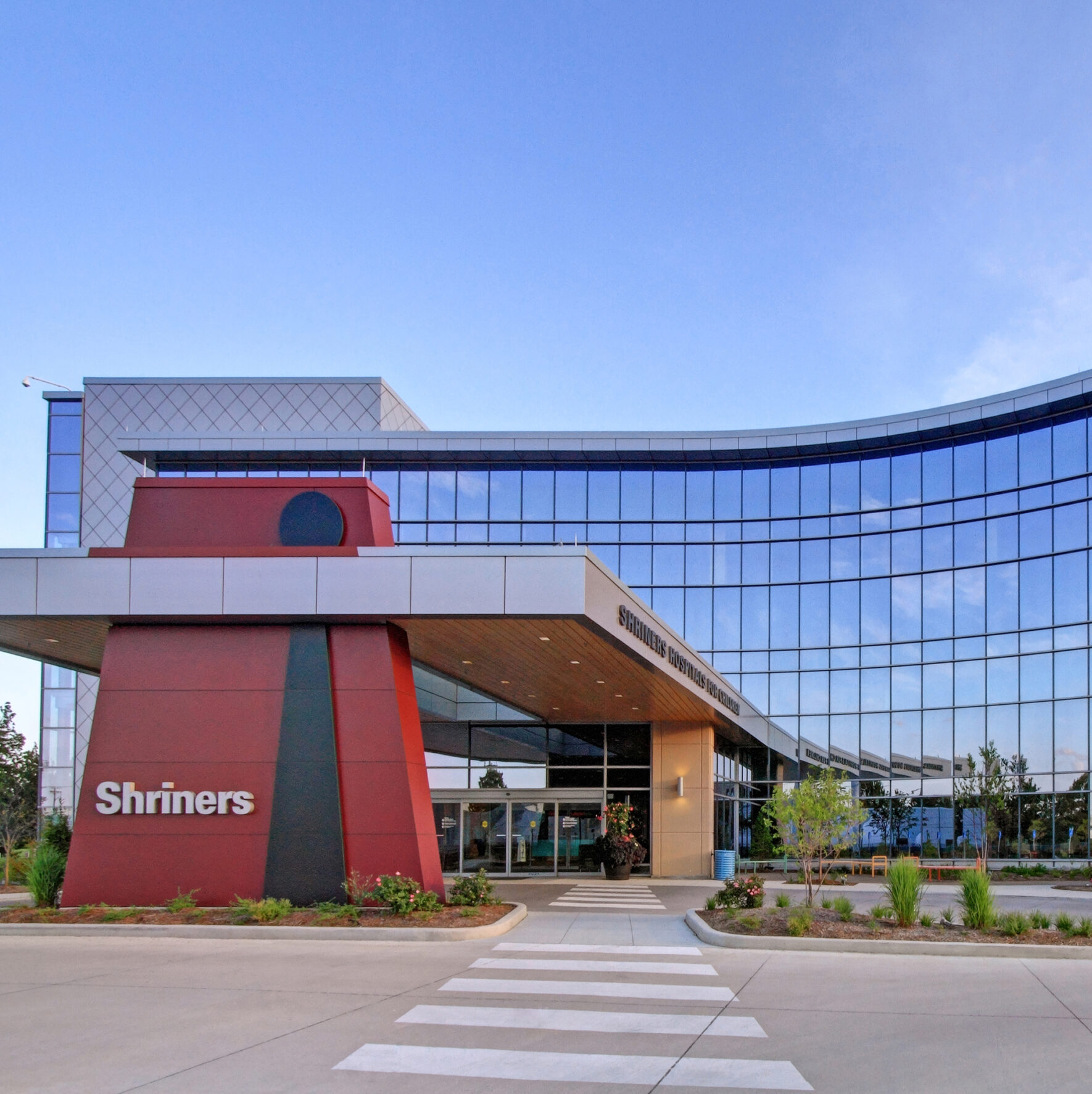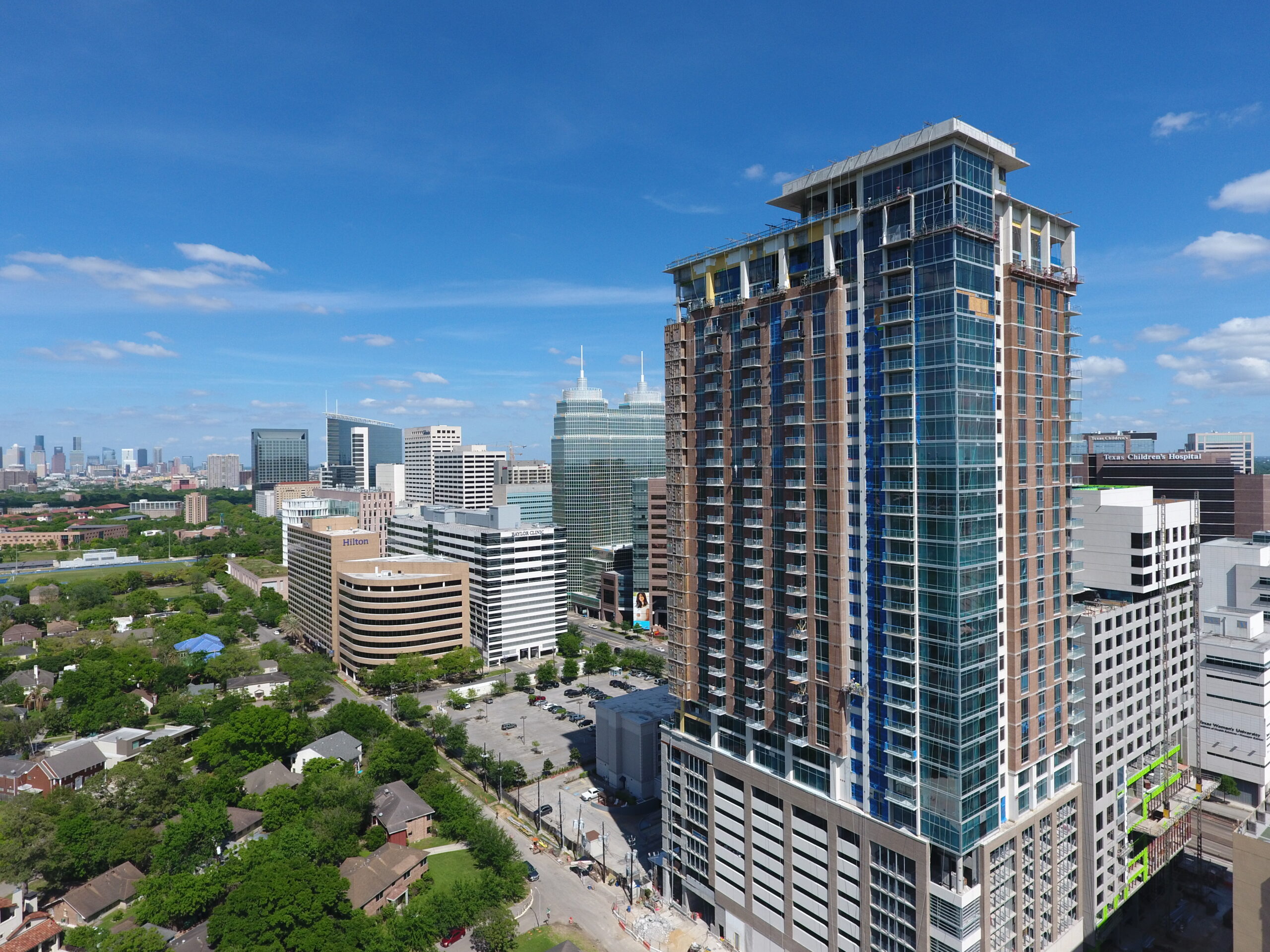172-unit Waterfront Residential Community
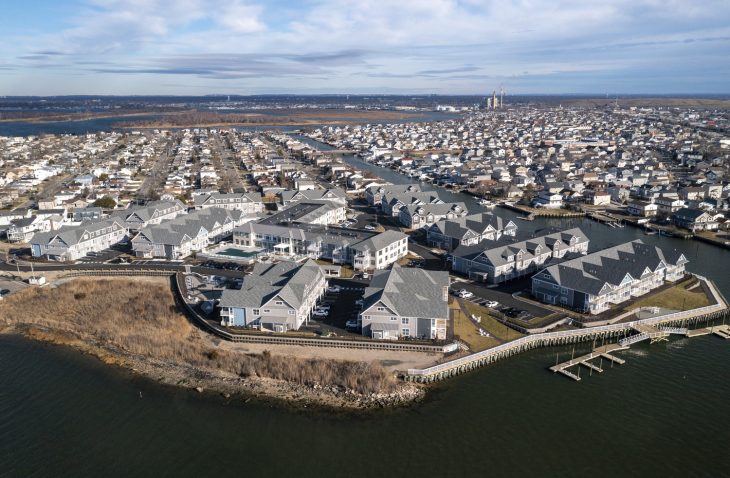
The project: A 172-unit residential rental community on a 11.6-acre redeveloped waterfront property that was previously the subject of contamination spill investigations under the direction of the New York State Department of Environmental Conservation (NYSDEC) and the New York State Department of Health (NYSDOH).
The goal: Update the alignment plan to include the new architectural footprints of the proposed buildings including minor shifts in the majority of the building locations. The scope included re-alignment of site walkways, adjustment of the proposed spot elevations, proposed contouring, and proposed utilities and drainage structures to maintain minimum required offsets/separation distances, and revisions of the proposed foundation planting designs.
Design approach: IMEG coordinated and updated all drawings in the set for the following:
- Revisions to the on-site stormwater management system and proposed volume calculations. IMEG redesigned the system that utilizes the ultra-light weight fill material for the required storage volume.
- Custom design details associated with the proposed storm water management system and coordination with the Town of Hempstead (TOH) Building Department to facilitate an updated site plan review.
- The National Flood Insurance Plan (NFIP) letter, which included the submission of the updated site plan review into a single resubmission package.
- Adjustment of the vertical datum to National Geodetic Vertical Datum 29. IMEG coordinated the preparation of the required Letter of Map Revision (LOMR) application.
- Necessary plans, cross sections, exhibits, and the necessary NYSDEC applications.
- Design and details of proposed floating docks and access gangways. Necessary plans, cross sections, and exhibits were prepared, as well as the necessary NYSDEC and U.S. Army Corps of Engineers (USACOE) applications for a joint submission to the agencies for review and permitting.
- Necessary TOH applications for submission to TOH Department of Conservation and Waterways for review and permitting.
Challenge: The existing site was not readily positioned for redevelopment, being situated over poor, highly organic soils that sat at a relatively low elevation above sea-level and was regularly influenced by tidal departures and burdened with high ground water conditions. As part of the NYSDEC approval of the brownfield clean up, the installed demarcation layer and soil cap could not be penetrated during construction for the installation of required infrastructure.
Solution: Engineers made an early and necessary planning decision to fill and elevate the property. However, the poor underlying soil properties and weight of the proposed fill caused major concerns about the potential for differential settlement of the proposed improvements. The team decided to implement a light-weight aggregate to raise the site to an elevation that would protect it from tidal events but also permit the proper subgrade profile for the installation of the required below-grade infrastructure.
Outcome: Using the new and innovative light-weight aggregate, the team raised the project site to facilitate construction and help transform a vacant property into a highly desirable residential community while improving the quality of life for the surrounding residents and removing contaminants from the natural environment.
